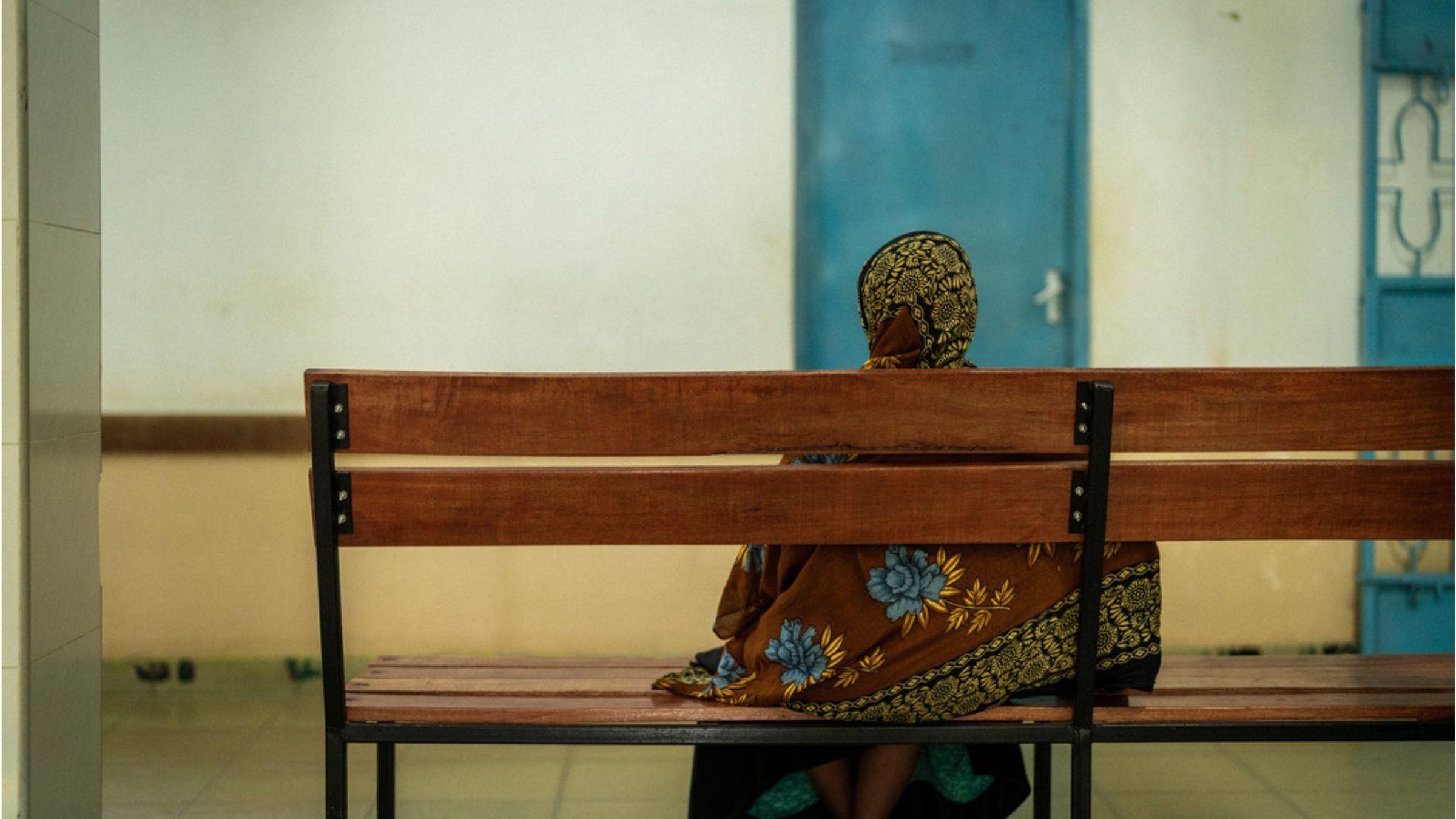Diabetes and Cardiovascular Diseases: A Global Public Health Concern

CVDs are the leading cause of death worldwide, and a major cause of death and disability among people with diabetes.1 The burden on individuals and on societies is rising rapidly, especially in low- and middle-income countries, where healthcare capacity and access to diagnosis and care remain limited, as well as vulnerable people in other countries, who are marginalized due to social, economic, and systemic factors.
828M
Multiple Barriers to Care
In many countries, multiple major barriers beyond simple affordability of medicines prevent people living with diabetes from receiving the care they need: 2
Availability
These capacity factors must be resolved before any consideration around pricing could have an impact on care and outcomes.

Our Commitment & Approach
At Sanofi, with over 100 years of insulin research, development and manufacturing, we are deeply committed to expanding local healthcare capacity to ensure sustainable and equitable access to diabetes care in under-served communities across all geographies.
Collaborative Solutions for Sustainable Access
Sustainable and equitable access to care is a shared responsibility involving a diverse array of stakeholders both locally and globally. We focus on geographies with the highest disease burden, unmet need and strong commitment from health authorities to tackle non-communicable diseases.
Because pragmatic solutions help transform health outlooks, we are helping to advance diabetes care for underserved communities by adopting a multi-faceted approach, combining education, capacity building and healthcare system support with adapted pricing of our insulin products.
We co-create and implement end-to-end solutions across crucial aspects of the patient journey that address local needs and specificities, such as:
-
Memoranda of Understanding signed in 2023 with local health authorities, International Diabetes Federation and other partners in Ghana and Nigeria
-
These programs include awareness and support for people living with diabetes (including children at school), training and capability-building for healthcare professionals, and measures to strengthen healthcare systems, together with supply of high-quality insulin products at adapted prices and 100% reimbursed
-
300+ healthcare professionals trained in Ghana and Nigeria in 2024, with patient outreach starting in 2025
Supporting Health Education in Schools
We are also committed to improving health through education. The KiDS and Diabetes in Schools (KiDS) program brings diabetes education to schools to foster safe and supportive school environments for children with type 1 diabetes, while promoting healthy lifestyles among school-age children to tackle the preventable risk factors for type 2 diabetes.
KiDS is a program developed in 2013 by the International Diabetes Federation (IDF) and the International Society for Pediatric and Adolescent Diabetes (ISPAD) supported by an educational grant from Sanofi.
It includes a toolkit available in multiple languages and cultural adaptations primarily targeted at teachers, school nurses and other staff, school children (six–14 years old) and their parents.
The project also involves awareness meetings and activities in schools with key stakeholders including school authorities, non-governmental organizations (NGOs), nurses, teachers, parents and children. The ultimate goal is to support policy changes on the management and prevention of diabetes risk factors early on.
From its inception to the end of 2024, the program reached over 687,000 children and 27,000 teachers and other school staff in more than 20 countries. For more information, visit https://kids.idf.org.
Refences
1. World Health Organization, “Cardiovascular diseases (CVDs)”, available via https://www.who.int/news-room/fact-sheets/detail/cardiovascular-diseases-(cvds). Accessed March 2025.
2. Zhou, Bin et al., The Lancet 2024;404(10467):2077-2093.
3. International Diabetes Federation, Diabetes Atlas (10th Edition, 2021), “Data by Indicators: Proportion of people with undiagnosed diabetes, %”, available via https://diabetesatlas.org/data/en/indicators/4/. Accessed March 2025.